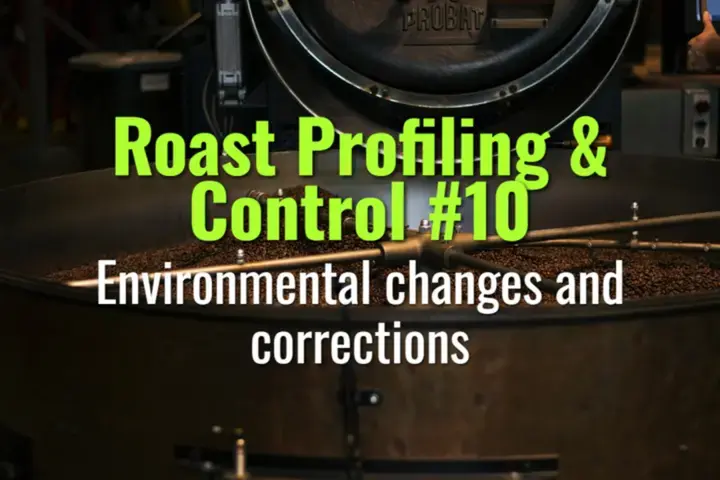Environmental changes and corrections
This topic covers how external environmental factors influence roasting and how to adjust profiles to maintain consistency.
- Coffee Basics Nerds
- 1 min read

Key Concepts
-
Environmental Variables:
-
Ambient temperature, humidity, and barometric pressure can significantly affect roast curves.
-
Changes in airflow and exhaust efficiency due to seasonal or daily variations can alter heat transfer.
-
Impact on Roast:
-
Higher humidity can slow drying and Maillard reactions.
-
Cooler ambient temperatures may require higher charge temperatures to reach desired development.
-
Barometric pressure variations can slightly alter first crack timing.
-
Correction Strategies:
-
Adjust initial charge temperature to compensate for cooler or warmer conditions.
-
Modify airflow or drum speed to maintain consistent RoR.
-
Track environmental data alongside roast logs to predict necessary adjustments.
-
Proactive Planning:
-
Maintain historical logs of environmental conditions and roast outcomes.
-
Implement seasonal profiles to minimize day-to-day corrections.
-
Continuous Monitoring:
-
Use real-time sensors to detect sudden environmental shifts.
-
Apply small incremental adjustments during the roast rather than large reactive changes.
Summary
By understanding and correcting for environmental influences, roasters can maintain consistent roast quality across different days and seasons. Accurate monitoring and data-informed adjustments are essential for precision roasting.